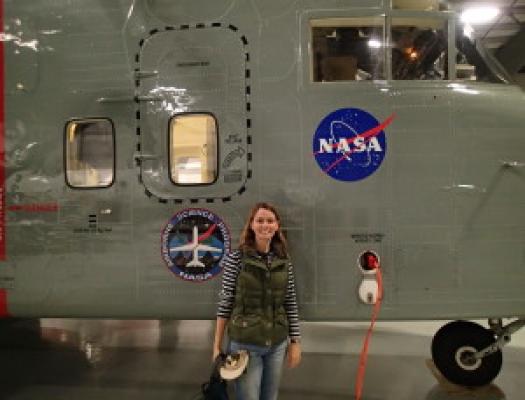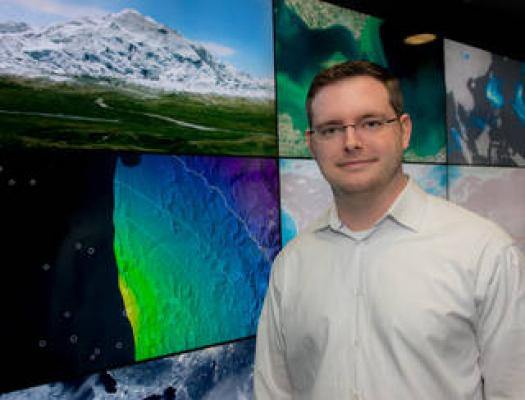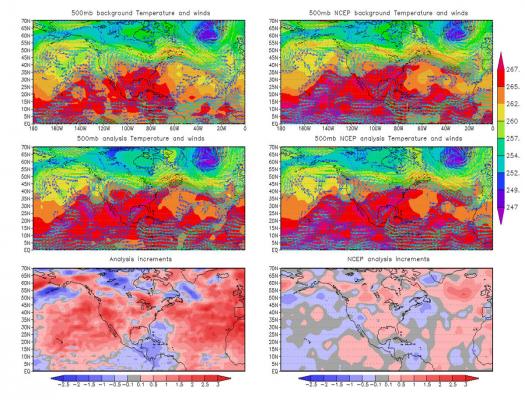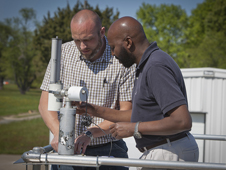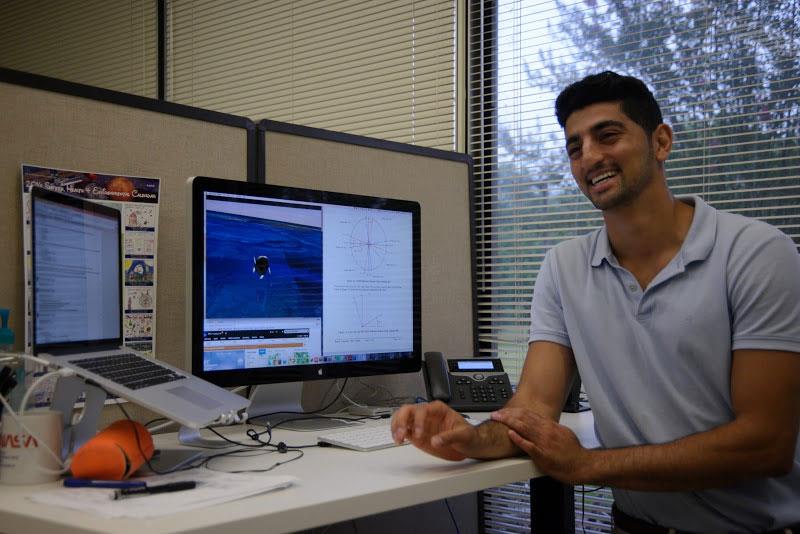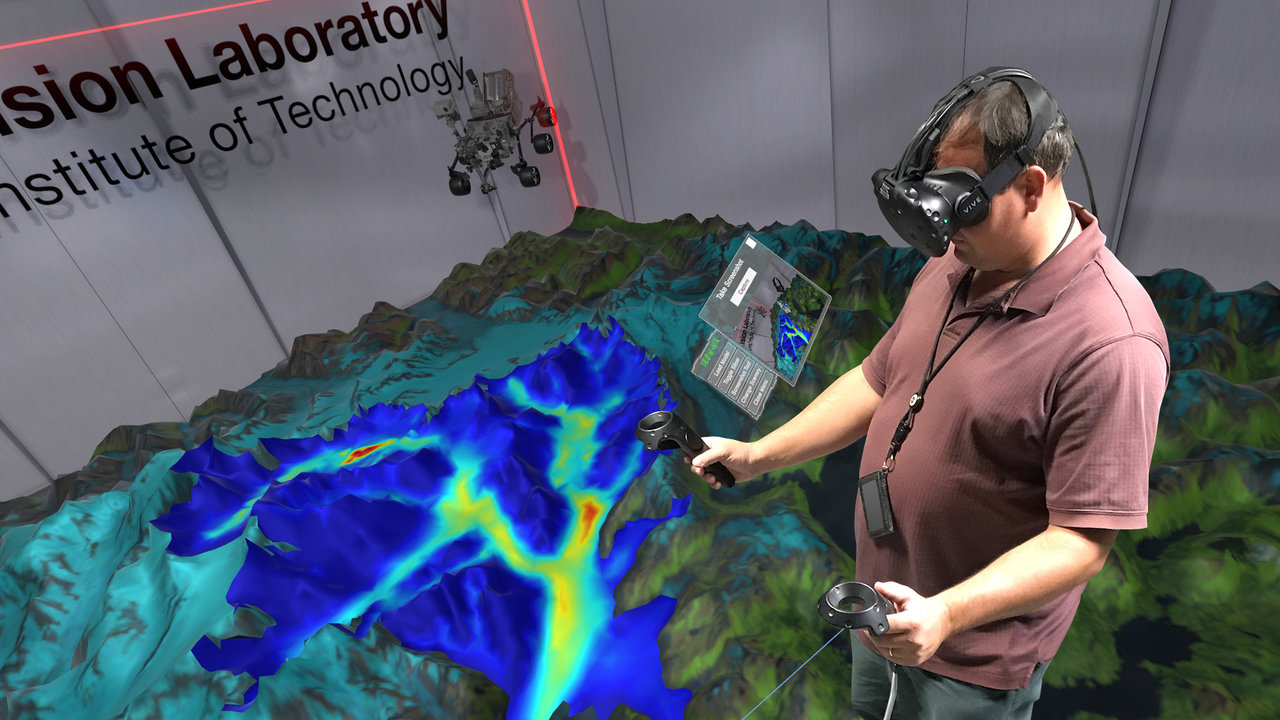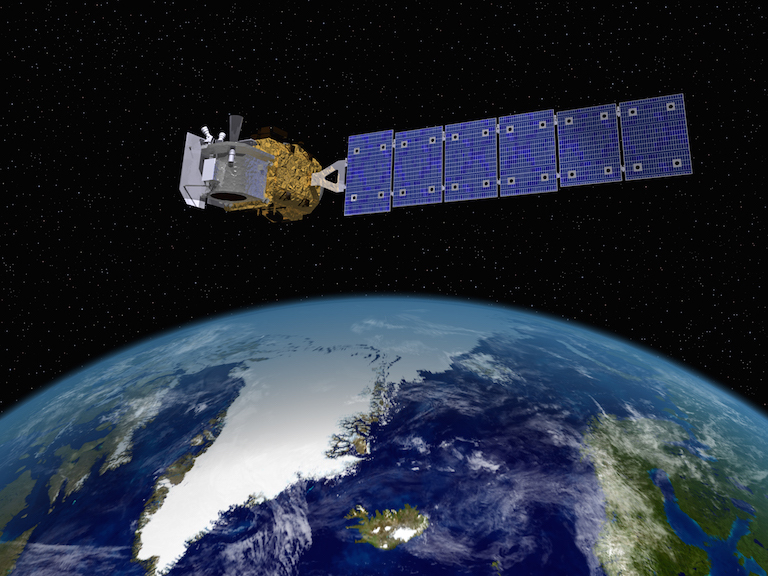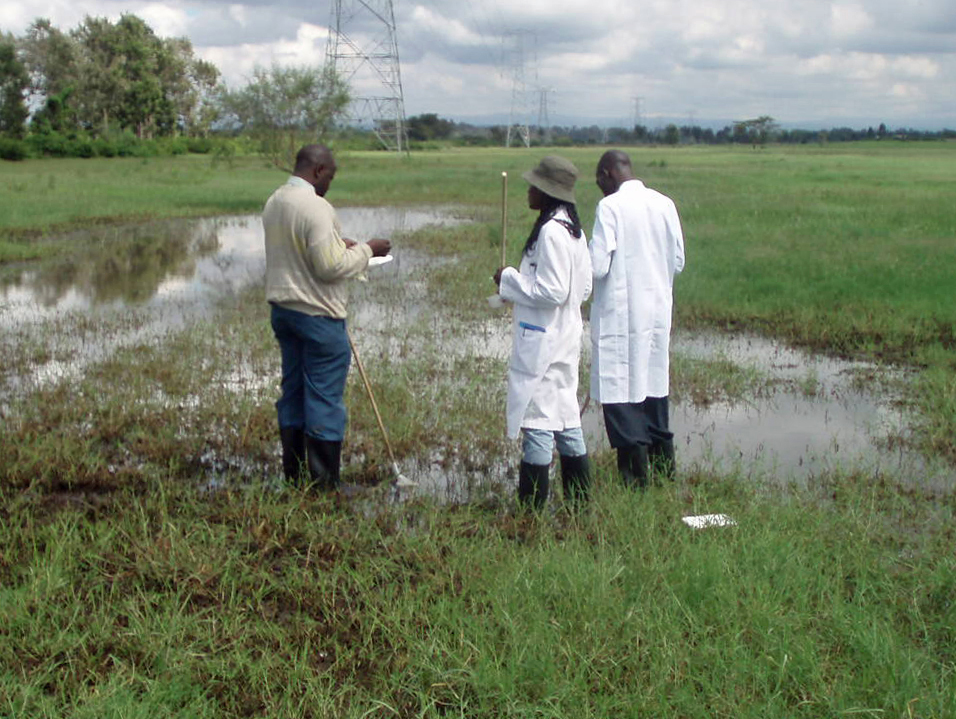Atmospheric scientists study the weather and climate and examine how those conditions affect human activity and the earth in general. Most atmospheric scientists work indoors in weather stations, offices, or laboratories.
loading Earth as a System...
Featured STEM Career Connections
An environmental planner tries to minimize the environmental impacts of housing, industrial, and transportation-related construction projects.
Steve Nerem is the leader of NASA’s Sea Level Change team. His project, Observation-Driven Projections of Future Regional Sea Level Change, focuses on using NASA satellite and in situ observations and climate modeling to estimate future regional sea level change.
A model analyst develops models to help visualize, observe, and predict complicated data. Model analysis is the process of taking large amounts of data and separate it into a structure that makes it intelligible to the binary process of computers.
Sea Level Scientists are also known by several other names (marine geologist, paleoceanographer, paleoclimatologist, etc.). These professionals use natural records from the past to characterize local, regional, and global environments.
A Data Support Specialist works with the user community to understand their science needs with the goal of providing support for NASA data and information services. They represent the user in product development and development resources to assist with the user community's needs.
Learn about how Janine Pollack, an Environmental Engineer, got her start at NASA and the kinds of work she does as an engineer.
Learn how Dr. Anyamba, Research Scientist at NASA Goddard Space Flight Center, Biospheric Sciences Laboratory explore how Earth's Biosphere and Geosphere respond to climate variability.
Botanists research plant characteristics like their physiological processes, their evolutionary history, resistance to disease, relationships to other parts of the Biosphere and within the Earth System.
Data scientists work with data captured by scientific instruments or generated by a simulator, as well as data that is processed by software and stored in computer systems. They work with scientists to analyze databases and files using data management techniques and statistics.




